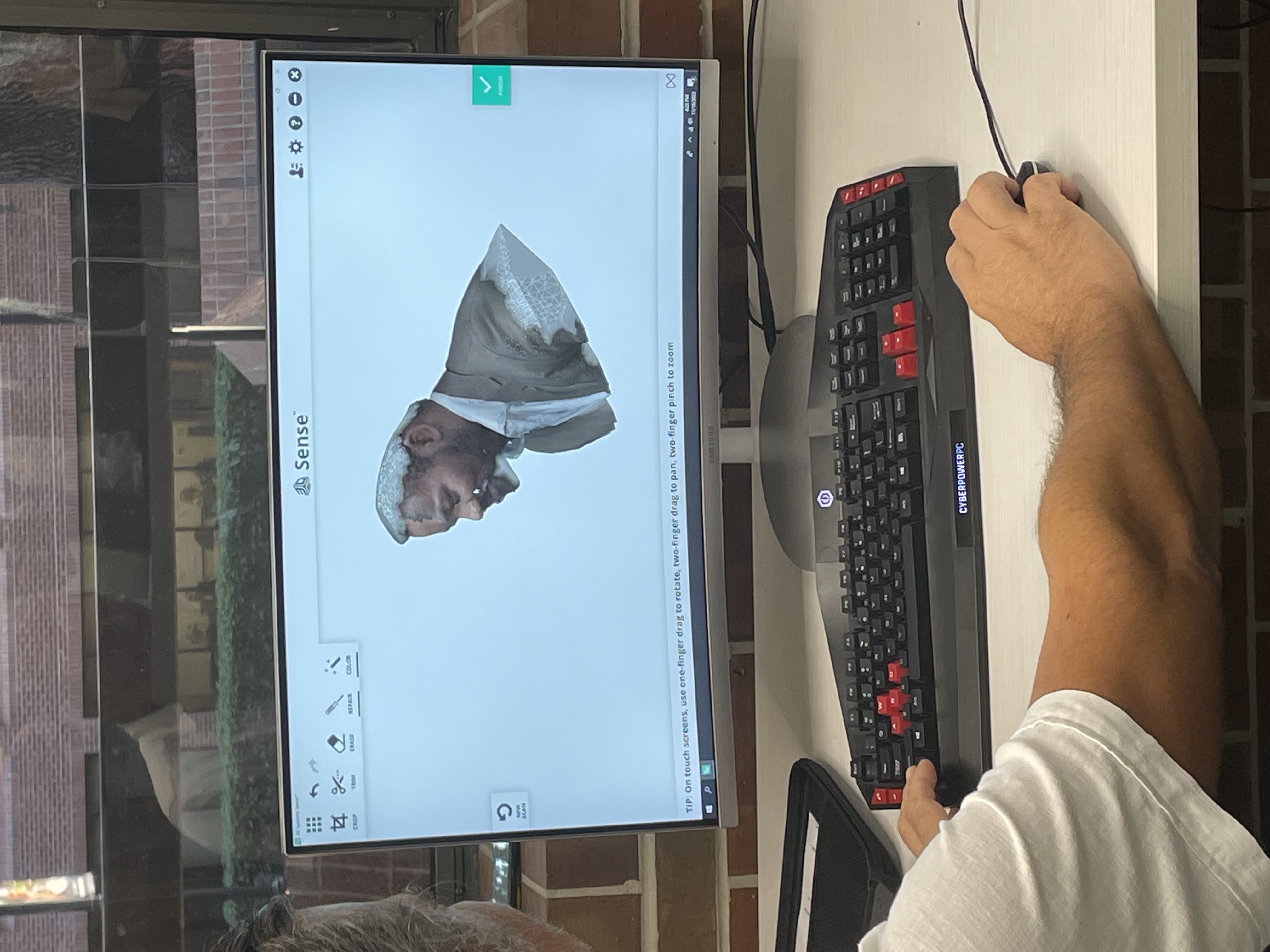ELT Vision


When I was asked to predict a technology most likely to be widely adopted for education in the future, I predicted holograms. At the time, I was confident that the shiny new technology would replace classroom teachers. It’s been a few years, and we have yet to realize this future. New technologies, such as holograms, AR, AI, etc., are a particular class of technology - emerging. These emerging technologies are those technical innovations that represent progressive developments within a field for competitive advantage. In the context of education, they may be used to support learning and teaching, or both. They may be referred to as learning technologies when used in support of learning. They may be referred to as instructional technologies when used in support of teaching. There is a great deal of debate surrounding the use of emerging technologies in education.
Some believe they offer vast potential for enhancing learning and teaching, while others are concerned about the potential negative impact they may have on the quality of education. No doubt, emerging technologies are changing the way we live and work. They are also changing the way we learn and teach. It is essential to embrace these changes and use them to our advantage. As more and more students have access to devices such as laptops and tablets, it is important that educators make use of these tools to engage students in learning.

There are a number of ways in which emerging technologies can be used effectively in education. For example, online resources can be used to supplement classroom teaching. Students can be given assignments that require them to research a topic using online resources, or they can be given access to online learning tools such as Canvas.
In addition, emerging learning technologies (ELTs) can be used to create more interactive and engaging learning experiences. For example, students can use Augmented Reality (AR) to explore augmented environments. Alternatively, they can use Virtual Reality (VR) to experience simulations of real-world scenarios.
I envision ELTs helping address the digital divide by providing access to educational resources for all learners from all backgrounds. ELTs are particularly important for the future of education as they offer new ways for students to learn by giving them access to new types of content and practices of interacting with that content. Ultimately, I believe that emerging technologies have the potential to transform education for the better. By making use of these tools, we can provide students with a more engaging and interactive learning experience.
Although Emerging learning technologies make our lives easier, there may be pitfalls regarding adoption, benefits, use, privacy, data ethics. The future cannot be predicted; as such, it is often difficult to gauge whether a piece of technology is just hype or has enormous future potential especially in education. Are learner and instructors willing to adopt a new technology with so much uncertainty about its future potential? How do we measure their impact on learning? And for what time length? One question I keep coming back to everyone and then is; when and at what point does a piece of new and shiny technology considered emerging? I look forward to answering this question in my ELT retrospect essay. Will the future of education be holograms? Only time will tell.
At the beginning of the class, I envisioned emerging technologies bridging the digital divide by making educational tools accessible to learners from diverse backgrounds. After learning the trends and issues surrounding emerging technologies, I am hesitant to say this will be the case, at least for the foreseeable future. Although the potential for bridging the digital divide exists, emerging technologies, sadly are expensive and require sufficient experience and expertise to operate. The Oculus VR headset is an example of such technology. Given the cost and overhead required to operate these in a classroom or school, I do not anticipate wide adoption anytime soon, let alone close the enormous digital divide between rural and urban learners.
I raised a few questions at the beginning of the class and have returned retrospectively with a few closing thoughts. Are learners and instructors willing to adopt new technology with so much uncertainty about its future potential? My response is that it depends on where, when, and what. Where is the technology being adopted? K-12 or Higher Education. The setting or environment would dictate the goodwill for such technology. UF received the HiPerGator donation with an enormous amount of fun fairs and razzmatazz because the goodwill for AI existed. Timing is also important when it comes to adopting new technologies. Given the ebbs and flows of new technology referenced by the Gartner HyperCycle, the timing of technology is an important factor. Consider 3D glasses for movies at the cinema, for instance.

How do we measure the impact of emerging technologies on learning, and for how long? Well, this is a 6-million-dollar question. Measuring the impact of any technology on learning is an enormous task. It is difficult to say for certain that any technology impact learning and to what extent.
Many start-ups have emerged on the premise of building an infrastructure for assessment and gauging the effectiveness of teaching and learning, so there is something to say about that aspect of the teaching and learning process. For now, this question will remain unanswered till stakeholders and practitioners agree on how to tackle this 600-pound elephant.